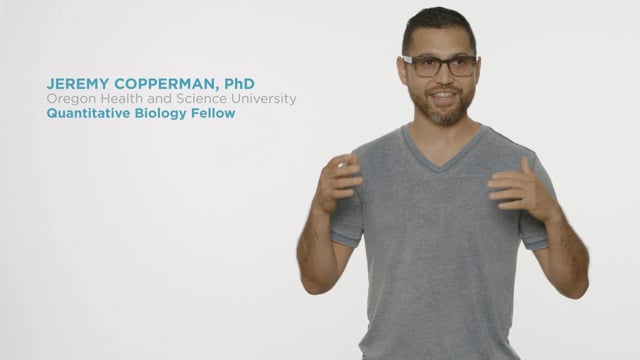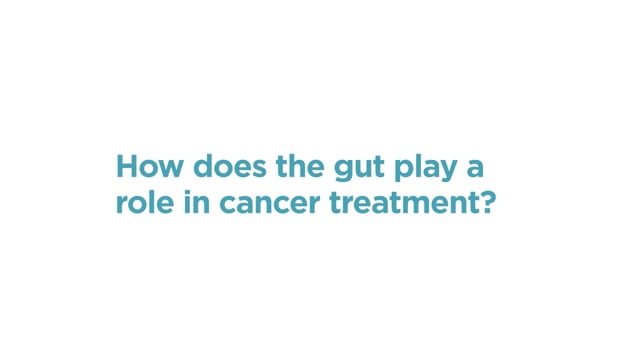At Damon Runyon, we understand that making real strides in cancer research requires taking risks. Rather than invest in safe projects that will at best yield incremental progress, we enable young scientists to pursue projects that might fail—but might revolutionize their field. Because, in the words of Damon Runyon alumnus Matthew Vander Heiden, MD, PhD: “If we knew how to cure cancer, we would have cured cancer.”
Most cancer research foundations are focused on curing a particular type of cancer, like breast or prostate. At Damon Runyon, we fund brilliant minds across research disciplines, studying all types of cancer, because we want to grant our scientists the freedom to follow where their data leads and pivot in response to new insight. Constraining their focus radically reduces the odds of a breakthrough.
The average age of a Nobel laureate in medicine is 36 at the time they conceive their idea. Almost every breakthrough in science comes from young people—and yet the majority of biomedical research funding is directed to senior investigators doing incremental research. This is why the Damon Runyon Cancer Research Foundation focuses all its funding on young investigators who are pursuing high-risk, high-reward research.
Every Damon Runyon Awardee is selected by a committee of distinguished senior scientists who give their time and expertise to select the next generation of scientific leaders. The result is an incredibly high return on investment: despite only making grants of $18 million each year, Damon Runyon-funded scientists have been involved in almost every major breakthrough in cancer, including the identification of the first cancer-causing gene and the development of the first FDA-approved targeted therapy and immunotherapy.
Thirteen Damon Runyon alumni have won a Nobel Prize.



